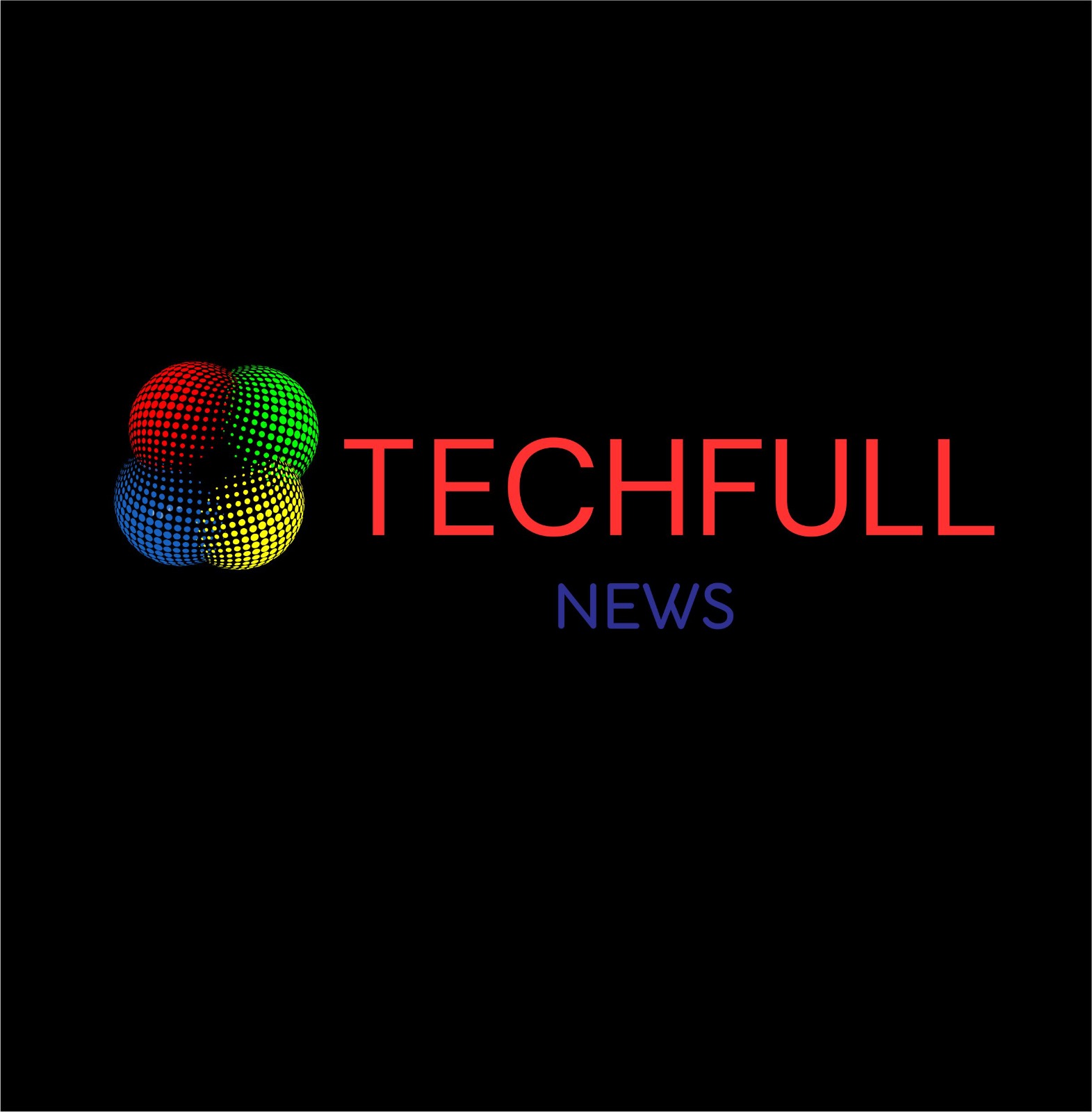Vodafone has a bold initiative to provide high-speed internet access to underserved and unserved communities worldwide, with a strong focus on Europe and Africa. To achieve this goal, Vodafone has partnered with Amazon’s Low Earth Orbit (LEO) satellite communications venture known as Project Kuiper.
In a recent press release, the telecommunications giant revealed its strategy to utilize Project Kuiper’s advanced satellite network, facilitated through its subsidiary, Vodacom. The aim is to establish robust 4G and 5G connectivity in regions where traditional fiber internet and microwave solutions face considerable deployment challenges.
Amazon’s Project Kuiper plays a crucial role by connecting scattered cellular antennas to Vodafone’s core telecom networks. This endeavor not only promises high-speed internet for residents in remote areas but also explores additional offerings tailored for businesses operating in these regions.
Dave Limp, Amazon’s Senior Vice President for devices and services, anticipates that this partnership could potentially provide high-speed internet access to “tens of millions of customers.” He views the collaboration with Vodafone as a strategic move towards rapidly closing the digital divide in Europe and Africa, with potential benefits spanning multiple sectors such as residential broadband, agriculture, education, healthcare, transportation, and financial services.
The timeline for implementing this groundbreaking service aligns with Amazon’s satellite deployment schedule. Amazon is currently in the testing phase, preparing to trial two prototypes, and planning full deployment for the following year. Beta testing is expected to commence by the end of the subsequent year, with active involvement from Vodafone and Vodacom.
In March of this year, Amazon disclosed the hardware requirements for Project Kuiper, specifying the use of the 17.8-18.6GHz and 28.6-29.1GHz frequency bands for communication with ground stations. Under Project Kuiper, Amazon has obtained authorization to deploy and operate a constellation of 3,236 LEO satellites, with a gradual deployment plan. While Amazon has set ambitious goals, it lags behind competitors such as SpaceX Starlink and UK-based OneWeb, aiming to launch half of its constellation by July 2026 and the remainder by mid-2029, in line with FCC requirements.

